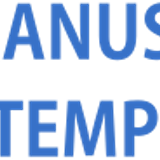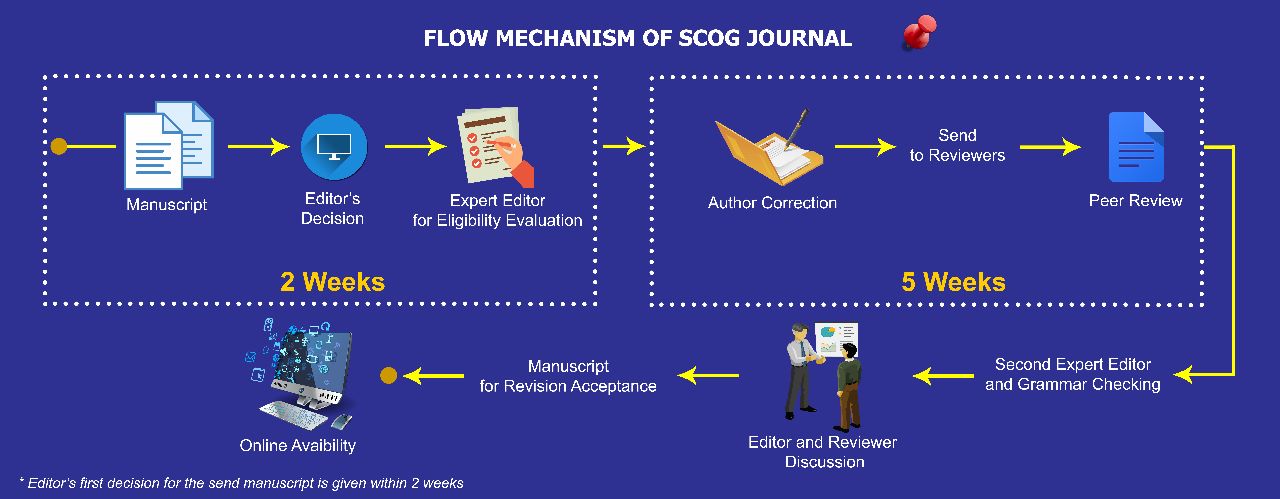PROSPECT FOR CO2 EOR TO OFFSET THE COST OF CCS AT COAL POWER PLANTS
Abstract
Keywords
Full Text:
PDFReferences
Advanced Resources International Inc. (ARII), 2011. Global technology roadmap for CCS in industry: Sectoral assessment CO2 enhanced oil recovery, prepared for United Nations Industrial Development Organization, Arlington, USA.
Agarwal, A. and Parsons, J., 2011. Commercial Structure for Integrated CCS-EOR Projects, Energy Procedia, 4 (2011), 5786-5793.
Ahmad, A. and Baojun, B., 2010. Recent Development and Updated Screening Criteria of Enhanced Oil Recovery Techniques, SPE 130726, the CPS/SPE International Oil & Gas Conference and Exhibition, Beijing, China.
Asian Development Bank (ADB), 2012. Determining the potential for carbon capture and storage in South- east Asia: Indonesia Country Report, LEMIGAS/ ADB, Jakarta.
Cebrucean, D., Cebrucean, V., and Ionel, I., 2014. CO2 Capture and Storage from Fossil Fuel Power Plants, Energy Procedia, 63 (2014), 18-26.
Faltinson, J.E. and Gunter, B., 2013. Net CO2 stored in North America EOR projects, Journal of Canadian Petroleum Technology, Volume 50 (7), 55-60.
Global Carbon Capture Storage Institute (GCCSI), 2016. The Global Status of CCS 2016: Summary Report, [Online]. Available: http://hub.globalccsinstitute.com/ sites/default/files/publications/201158/global-status- ccs-2016-summary-report.pdf, [Accessed: October 22, 2016].
Hammond, G.P. and Spargo, J., 2014. The prospects for coal-fired power plants with carbon capture and storage: A UK perspective, Energy Conversion Man- agement, 86 (2014), 476-489.
Intergovernmental Panel on Climate Change (IPCC),
Mitigation of Climate Change, Working Group III Contribution to the Fifth Assessment Report of IPCC, Cambridge University Press, USA.
International Energy Agency (IEA), 2015. CO2 Emissions from Fuel Combustion, OECD/IEA, Paris, France.
International Energy Agency (IEA), 2013. Technology Roadmap: Carbon Capture and Storage, [Online]. Available: http://www.iea.org/publications/ freepublications/publication/TechnologyRoadmapCar bonCaptureandStorage.pdf, [Accessed: July 18, 2016].
Masaki, T., 2015. Carbon capture and storage for coal- fired power plants in Indonesia, World Bank Group, Washington DC, USA.
Saskpowerccs.com, 2016. Boundary Dam carbon capture and storage project, [Online]. Available: http://saskpowerccs.com/ccs-projects/boundary-dam- carbon-capture-project/, [Accessed: Jun 31, 2016].
Spigarelli, B.P. and Kawatra, S.K., 2013. Opportunities and challenges in carbon dioxide capture, J CO2 Utilization, 2013:1, 69-87.
State-owned electricity company (PLN), 2013. PLN Statistics 2013, [Online]. Available: http://www.pln. co.id/dataweb/STAT/STAT2013ENG.pdf, [Accessed: June 29, 2015].
Sugihardjo, Usman, and Tobing, E.M.L. 2012. Pre- liminary carbon utilization and storage screening of oil fields in South Sumatra basin, Scientific Contribution Oil and Gas, Vol. 35(2), 57-65.
Sugiyono, A., Anindhita, M.S. Boedoyo, and Adiarso, 2015. Indonesia Energy Outlook 2015, Agency for the Assessment and Application of Technology, Jakarta, Indonesia.
Usman, Utomo, P.I., Sugihardjo, and Herru, L.S., 2014. A Systematic Approach to Source-Sink Matching
for CO2 EOR and Sequestration in South Sumatera, Energy Procedia, 63 (2014), 7750-7760.
Wang, M., Lawal, A., Stephenson, P., Sidders, J., Ramshaw, C., and Ramshaw, Yueng, H., 2011. Post- combustion CO2 capture with chemical absorption: A state-of-the-art review, Chemical Engineering Research and Design, Vol. 89 (9), 1609-1624.
DOI: https://doi.org/10.29017/SCOG.39.3.94

This work is licensed under a Creative Commons Attribution-NonCommercial-NoDerivatives 4.0 International License.






